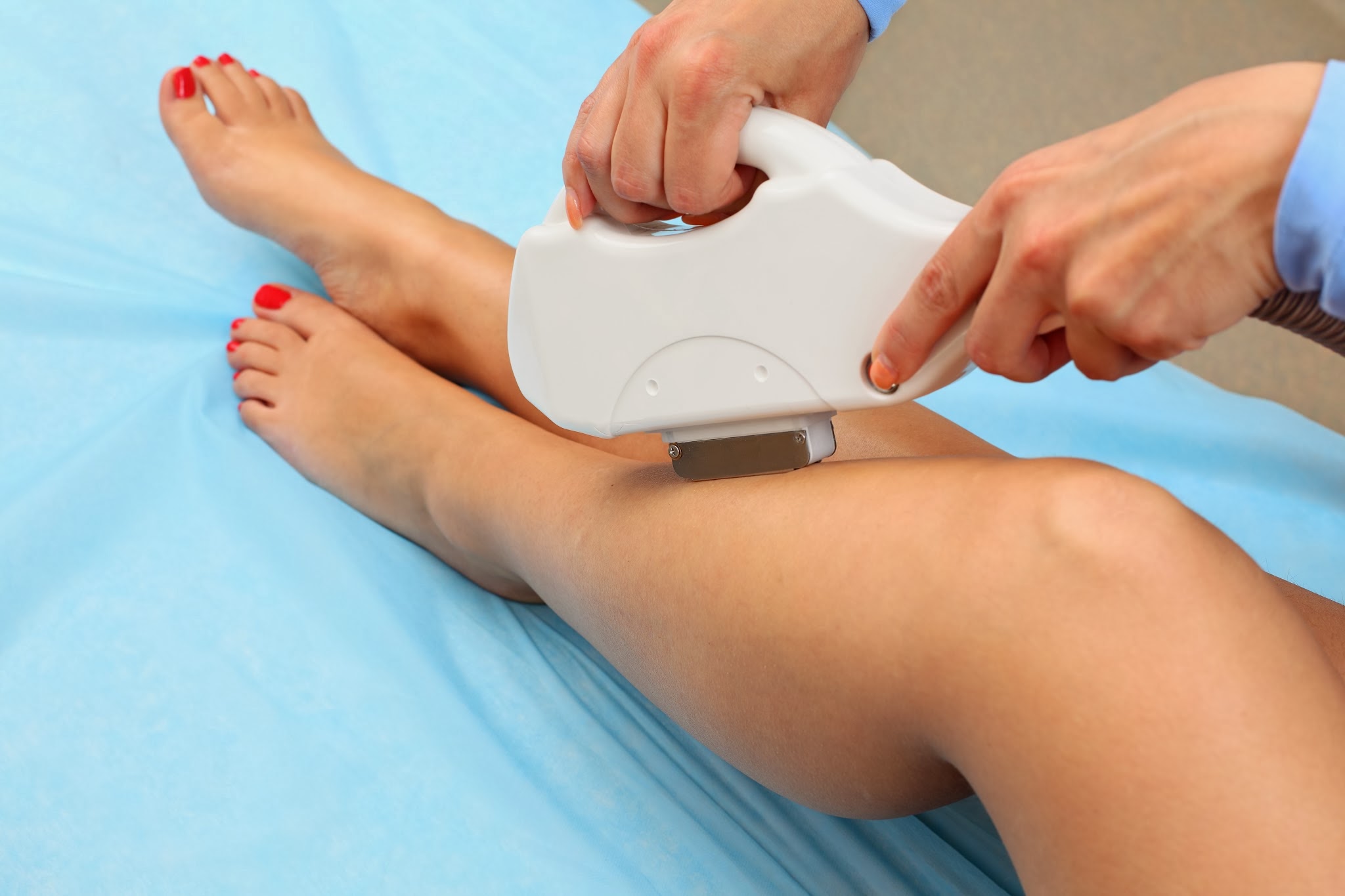Varicose veins are enlarged veins. Any vein can become varicose but the veins of the legs and foot suffer most commonly from this problem. Pressure increases inside the veins lower body due to continuous walking and standing. Varicose veins and spider veins are common and include a mild difference of varicose veins. Some people consider the problem as a cosmetic concern. For other people, aching pain and discomfort occur due to this problem. Sometimes this problem can lead to serious concern. It is recommended to look for varicose veins treatment in the earlier stage.

Symptoms of Varicose Veins
Varicose veins may lead to other circulatory problems. Treatment includes self-care or process by a doctor to remove or close veins. This problem may not cause pain. Signs involve veins become blue or dark purple in colour. They appear rounded or twisted like cords on the legs. Painful symptoms involve a heavy or achy feeling in the legs, muscle cramping, throbbing, burning and swelling takes place, increased pain after standing or sitting for a long time, itching around the veins, bleeding, a painful and discoloured area, hardening of veins, inflamed skin or skin ulcers.
Causes of Varicose Veins
Blood is carried by arteries from the heart to the rest of the tissues. Veins return blood from the body to the heart so the blood can be circulated again and again. In this action, the veins have to work against the gravity. Following are some causes of the problem:
Age of the Patients
The veins lose their elasticity as you get older, causes them to extend. The valves in the veins may be weakened, allow blood that should move toward the heart to run backward. Due to blood pooling in the veins, they become enlarge and varicose. The veins look blue since they contain deoxygenated blood which is in the process of circulation through the lungs.
Pregnancy Situation
Some pregnant women suffer from this problem. The volume of blood is enhanced during pregnancy but reduces the flow of blood to the legs and pelvis. The circulatory changes occur to support the fetus. It can make painful side-effect, enlarged veins in the legs. The disease may be worsened during late pregnancy when the uterus produces more pressure on the veins in the legs. Hormonal changes during this time can also trigger the problem. Generally, this problem that develops during pregnancy can be cured without any varicose veins treatment within 3 to 12 months after delivery.
Some Risk Factors of the Problem
There are some risk factors that increase the risk to develop the problem such as obesity, standing or sitting for a long time, age and family history. The risk of the problem enhances with age. Wear and tear of the valves in the veins occurs due to aging. Women encounter hormonal changes during pregnancy or menopause since female hormones tend to relax the walls of the veins. Taking birth control pills, it enhances the risk of the disease.
Varicose veins can occur due to aging, pregnancy, and others. It is recommended to undergo checkups and get varicose veins treatment at a regular interval of time.

